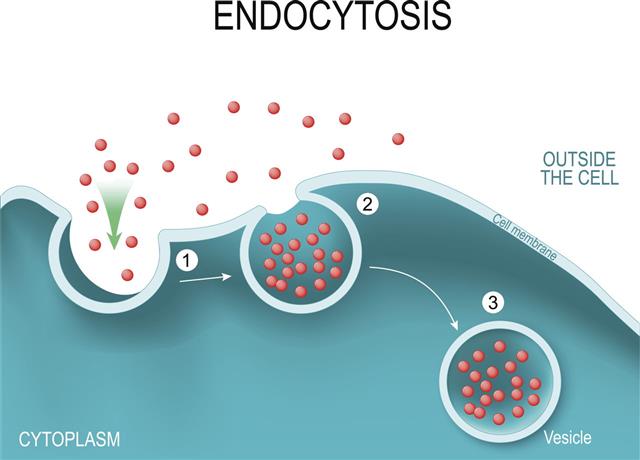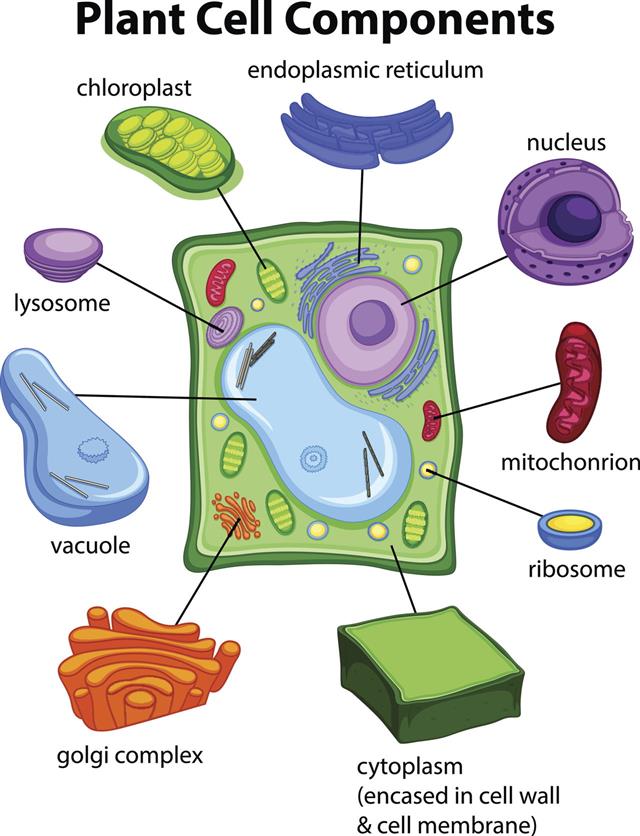
Lysosomes are called the stomach of cells. Their main function is to carry enzymes that are developed by the cell. This BiologyWise article explains the structure, location, and function of lysosomes.
The human body comprises about 50 to 75 trillion cells. The cell is the smallest unit of life and is often called the building block of life. A single cell is made up of many different organelles that have specific functions, such as the nucleus, Golgi bodies, mitochondria, peroxisomes, and lysosomes.
Lysosomes
Lysosomes are membrane-bound organelles that are found in the cytoplasm of both plant and animal cells. The word ‘lysosome’ was derived from two Greek words, ‘lysis‘ which means destruction or dissolution and ‘soma‘ which means ‘body’. Lysosomes were discovered in 1949 by a Belgian cytologist, Christian de Duve.
Structure of Lysosomes
Lysosomes are actually membranous sacs filled with enzymes. They are found in all eukaryotic cells and act as ‘garbage disposal’ or the ‘digester’ of the cell. Lysosomes are spherical bag-like structures that are bound by a single layer membrane; however, their shape and size may vary to some extent in different organisms. The lysosome size ranges between 0.1 to 1.2μm. The membrane that surrounds the lysosomes protects the rest of the cell from the hydrolytic or digestive enzymes that are contained in the lysosomes.
Lysosomes are manufactured by the Golgi apparatus, by budding, in the cell, and the various digestive enzymes that are present in the lysosomes are produced in the endoplasmic reticulum. These enzymes are then transported to the Golgi apparatus and are distributed to the lysosomes. Some examples of enzymes present in these organelles include nucleases, proteases, lipases, and carbohydrases. These enzymes are used to dissolve nucleic acids, proteins, lipids and carbohydrates, respectively. All these enzymes are typically hydrolytic and can digest cellular macromolecules. Lysosomes are acidic, with a pH of 4.8. This acidic pH is maintained by pumping protons, from the cytosol that has a pH of 7.2. The protons are pumped across the membrane via proton pumps and chloride ion channels. The membrane thus acts as a protective barrier, that protects the cytosol and the rest of the cell from the hydrolytic enzymes within the lysosome.
Function
Lysosomes act as disposal system of the cell. They break down complex proteins, carbohydrates, lipids, and other macromolecules into simpler compounds. These simple compounds are returned to the cytoplasm and are used as new cell building materials. They are used for digestion of cellular waste products, dead cells or extracellular material such as foreign invading microbes, that pose a threat to the cell by phagocytosis process.
However, phagocytosis is just one process that helps to get rid of unwanted material in the cell. Lysosomes are also involved in other digestive processes including endocytosis and autophagy. Another interesting function of the lysosomes is to repair the damage to the plasma membrane. They serve as a membrane patch and help in sealing the wound in the plasma membrane. Lysosomes are also involved in programmed cell death, or autolysis, which is a catabolic process involving degradation of the cell’s own components. This is the reason why lysosomes are often known as ‘suicide sacs’.
Defects
Any malfunctioning of the lysosomes or any of the digestive proteins, results in lysosomal storage diseases, such as Tay-Sachs and Pompe’s disease. These diseases are caused by defective function of the lysosomes or in absence of any of the digestive proteins or lysosomal hydrolytic enzymes.


